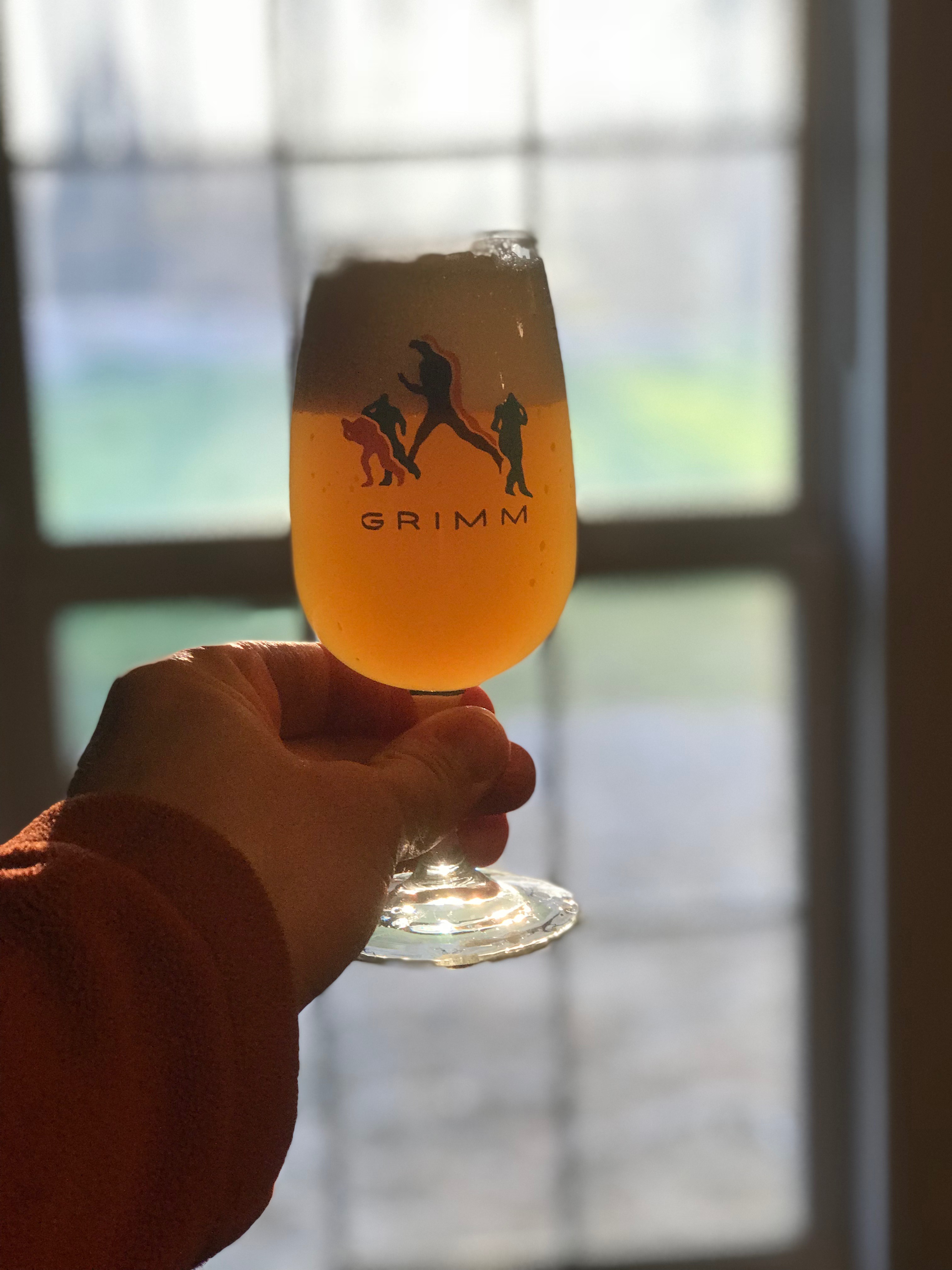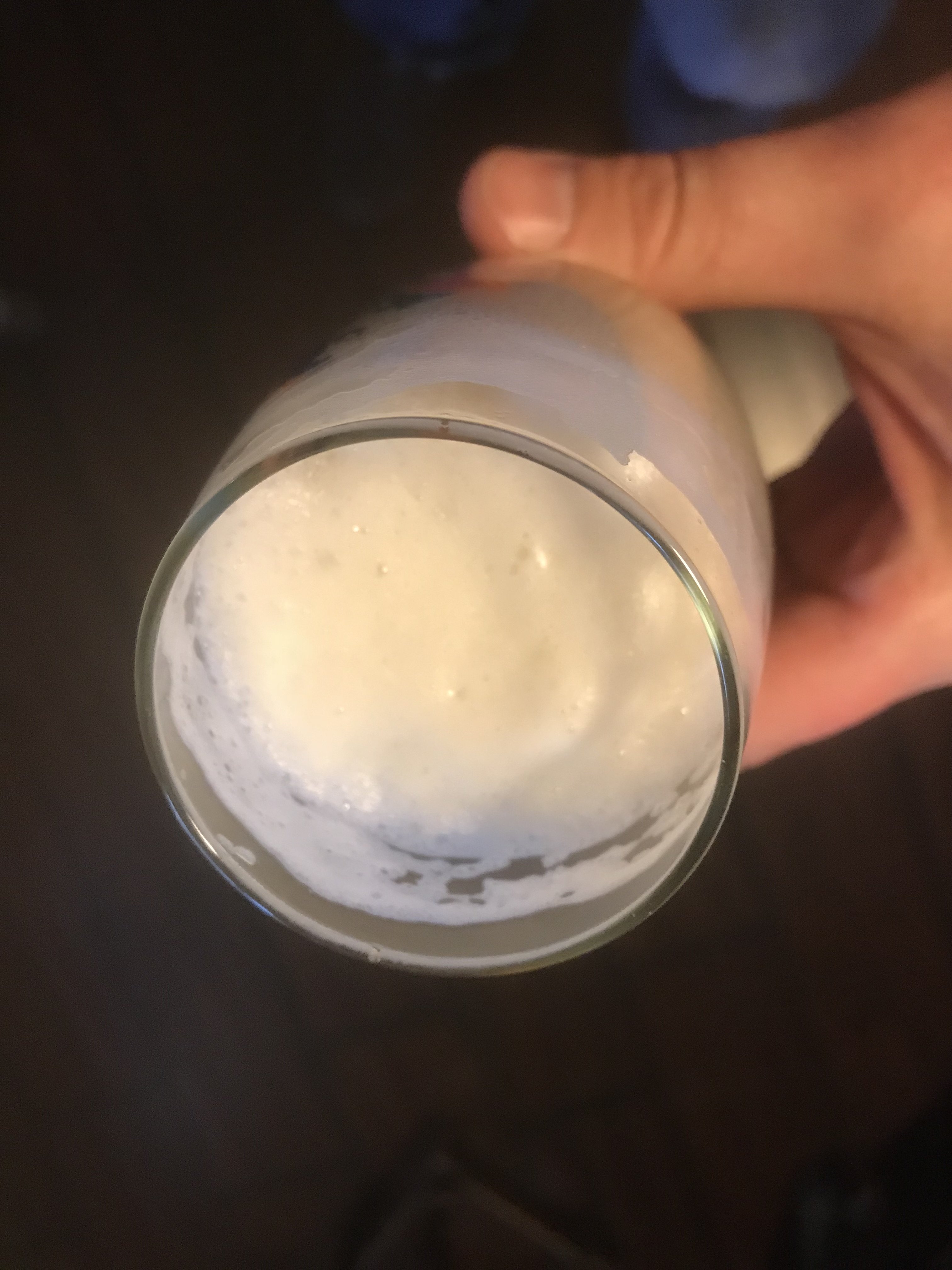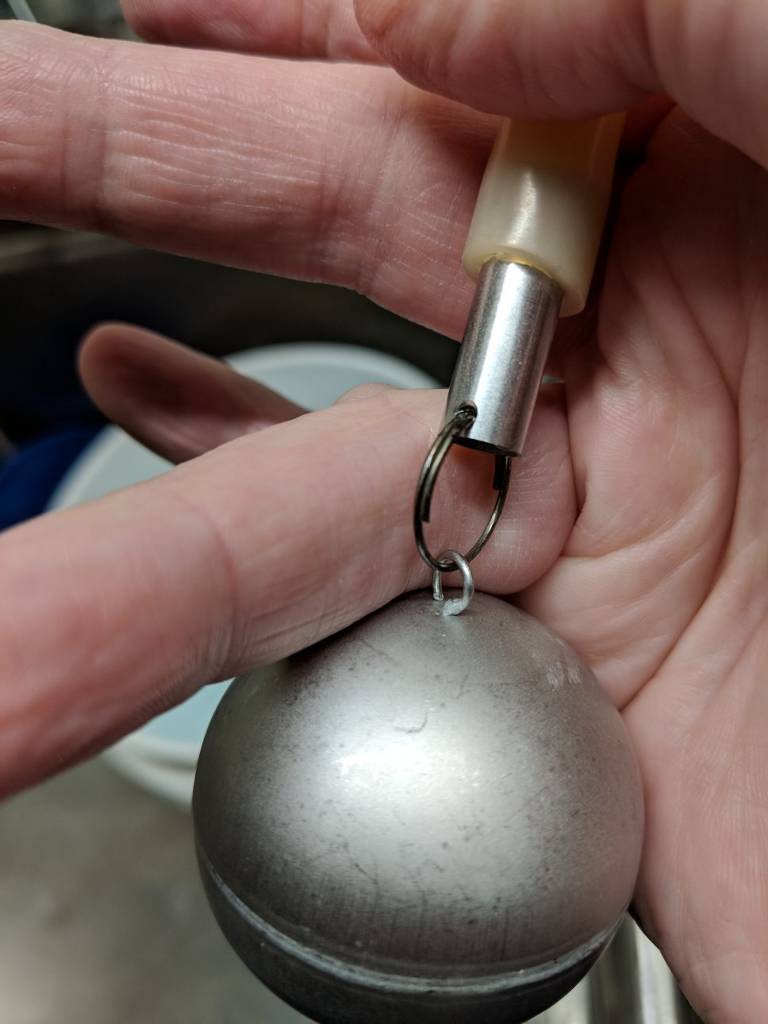Wow, cool to hear. Have you tried serving from the primary for several months? I wonder if the yeast/hops would eventually make the beer taste bad due to autolysis or odd flavors?
I have had helles/kolsch.... things like that in there for a good 8 weeks for sure and it has been some of the best versions of the beer I have ever had. For lagers, I generally do something like the following:
5-7 days with blow off @48-52.... starting low and letting rise a bit toward day 7.
Put on Spunding.
Around day 10-12, I put the kegs out at 60 degrees
Around day 14-18 I put kegs back in chest freezer at 55 and take spunding off
Around day 18-21 I start dropping temp 3-5 degrees per day down to 32.
I just let them sit there at that point.
Usually, they are already starting to taste pretty good at sampling around week 5
I am generally letting them sit there to condition and to drop bright.
Often, if they drop bright, I might jump them to a serving keg and put it on tap in one of my kegerators. But, if they are being stubborn, they might sit for 6-8 weeks with me sampling off them out of the fermenting freezer. I have noticed nothing detrimental about this. In fact, the reason I starting letting them sit was I was finding less success jumping them off at week 2-3. Had a few that got overlooked when I was busy and when I got to them and sampled them in the primary they were just fantastic. I think it is a combination of no chance for oxygen ingress, and also just giving that lager/kolsch type yeast longer to do its thing.
**I would be less concerned about the beer on the yeast for 4-8 weeks and more concerned about the beer being on hop material for a long time. I think that has some potential for grassy/chlorophyll type flavors after time.
Plus, this "time" is generally at cold temps, which slow any autolysis issues down if there were going to be any issues in the first place.
















































![Craft A Brew - Safale BE-256 Yeast - Fermentis - Belgian Ale Dry Yeast - For Belgian & Strong Ales - Ingredients for Home Brewing - Beer Making Supplies - [3 Pack]](https://m.media-amazon.com/images/I/51bcKEwQmWL._SL500_.jpg)













